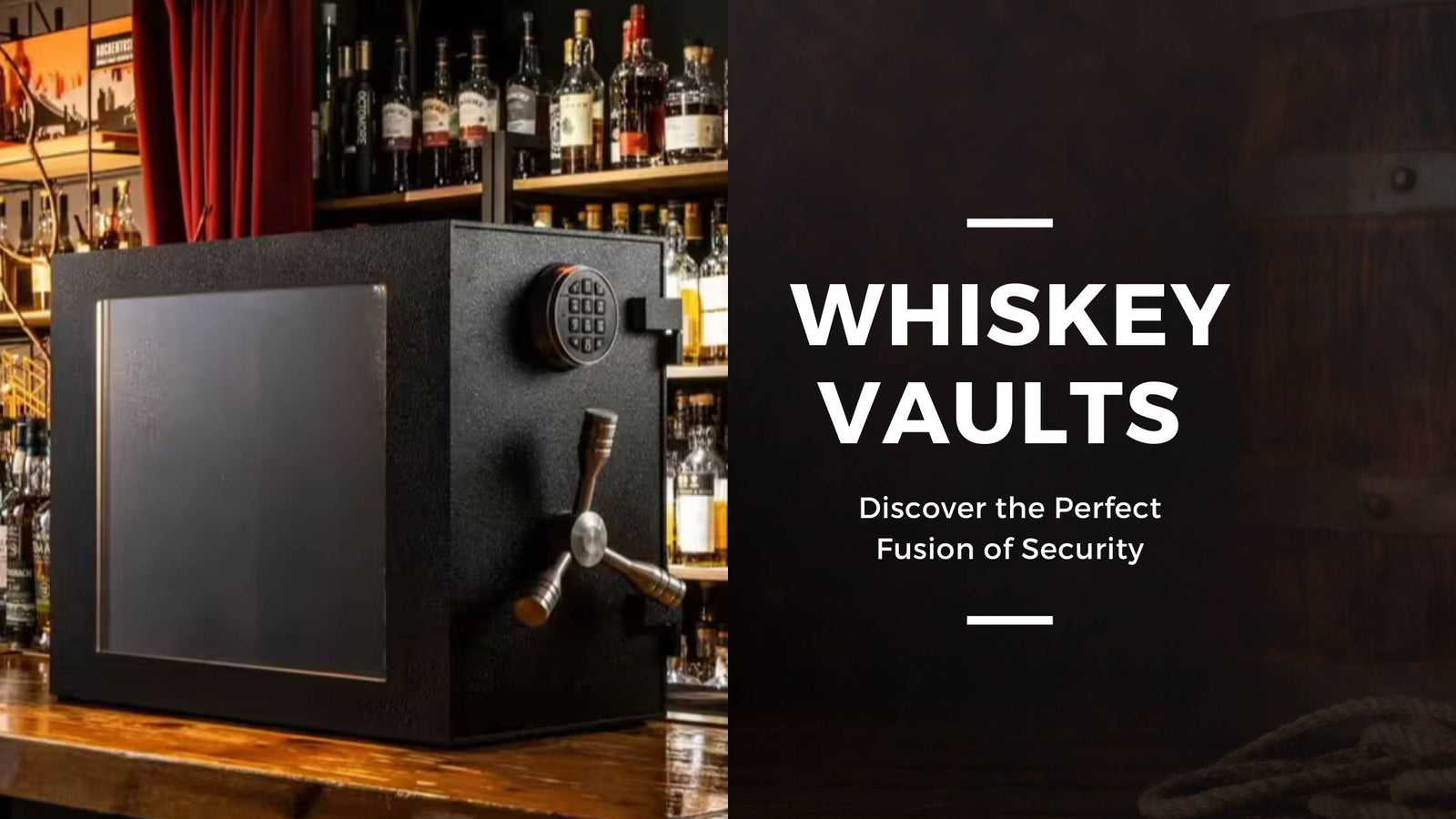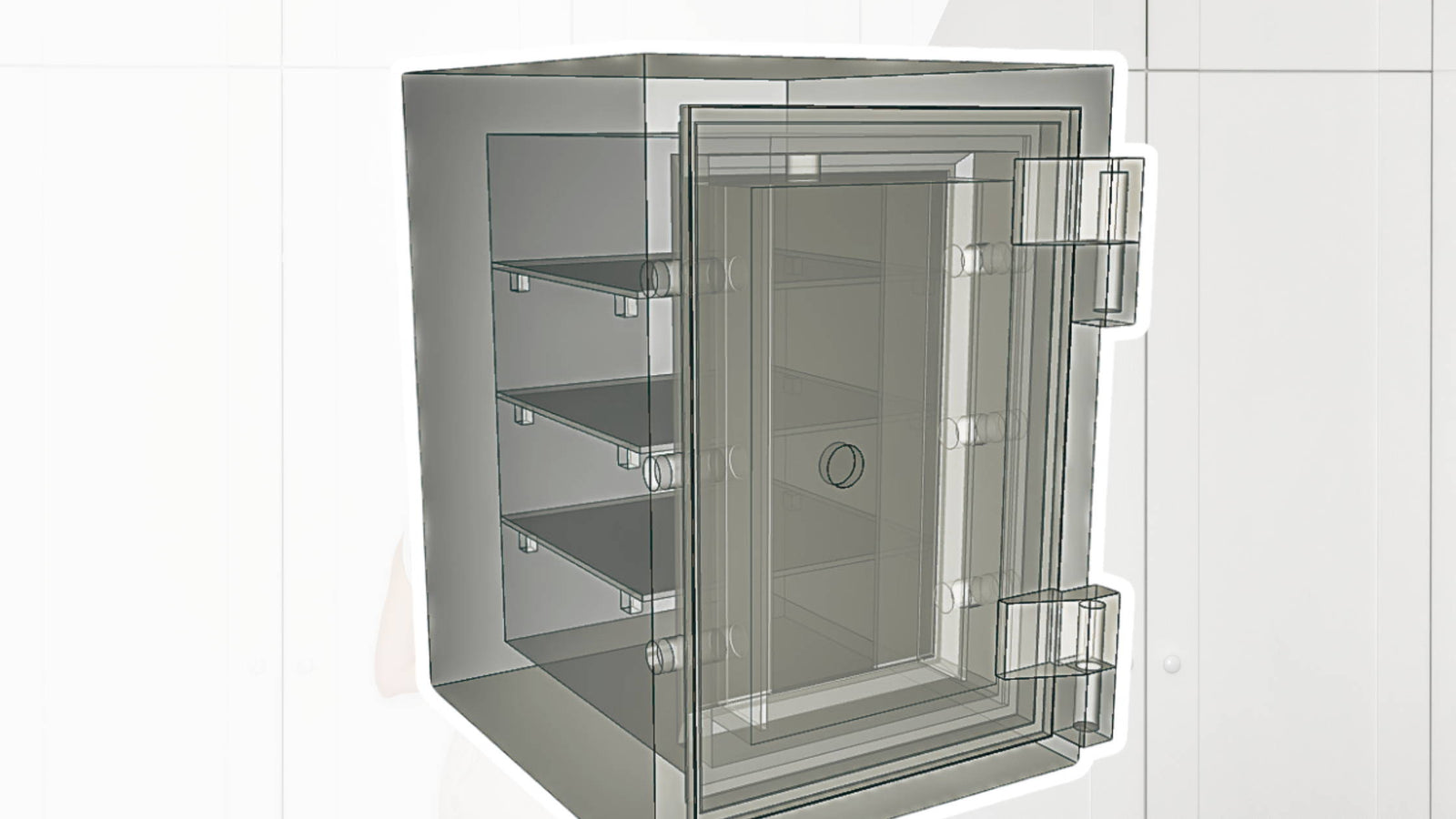There are many people who call us and ask about the security of a wall safe vs a free-standing burglar fire safe. The following is an analysis of the Pro's and Con's of both types of safes:
Benefits of a Wall Safe: 
- Wall Safes can be concealed or hidden behind a large wall painting, cabinet or a wall panel. "Out of sight, out of mind"
- They are located at a higher level off the floor, so the access to this safe is easier.
- Easy to install.
- They are typically not very large and cannot store very much. They are usually only 3.5" deep due to wall thickness limitations.
- There are only a few companies who make Wall Safes with a fire rating. These safes require at least 12-15" of depth which most homes do not have.
- They are not recommended for storing much more than $5,000 in content value since the wall and door thickness are thin.
What about the pros and cons of free-standing safes? They come in three styles: burglar safes, fire safes, and burglar fire safes. For the purposes of this article, we will talk about Burglar Fire Safes.
Benefits of a free standing safe: 
- You can store a much higher content value due to the fact that the construction of the walls and door is much heavier.
- Many free-standing safes have an Underwriters Laboratory burglar and fire rating.
- They weigh more than wall safes and if properly anchored into a concrete floor, will resist burglar attacks better than a wall safe.
- Burglar Fire Safes are most common and will offer 1 hour to 2 hours of fire rated resistance. Almost all wall safes have no fire rating.
- A burglar fire safe with a RSC or above burglar rating is a much better choice for protecting valuables that exceed $5-10,000 dollars.
- It is not as convenient to open and close. The user has to bend over to run the dial combination or electronic lock.
- Harder to conceal like a wall safe but with clever thought, these can be concealed.
- Heavier free-standing safes, such as a TL-15 or TL-30 rated safes cost more to deliver and install due to their weight and size.
As you can see, there are many things to consider when deciding between a wall safe or free-standing safe. If you are storing contents that are valued above $5,000 then you should strongly consider a free-standing safe that has a B-Rated burglar rating or higher. Wall Safes rarely exceed the B-Rating which means that the safe has 1/2" of solid steel door construction and a 1/4" of solid steel body construction. Freestanding safes have Underwriter Laboratory burglar ratings which go very high, such as TL-15, TL-30, and TL30X6 or higher. These safes with the proper UL burglar rating are designed to protect content values of $250,000 to millions of dollars. They also have fire ratings of 1 hour to 2 hours.
No matter which type of safe you select, think about what you will use it for... and how long you will store the valuables in it. Wall safes are popular for "temporary storage" before an event. If you want to store a valuable piece of jewelry overnight before you wear it, then a wall safe may be the right solution. However, if you have a valuable piece of jewelry that you want to keep secure at ALL TIMES, then a free-standing safe with the proper burglar rating would be a better choice. Learn more about Burglar Ratings and Fire Ratings and how they are determined.
Please contact us today at 800-207-2259 to speak to one of our safe experts and we can point you in the right direction for your safe needs.




